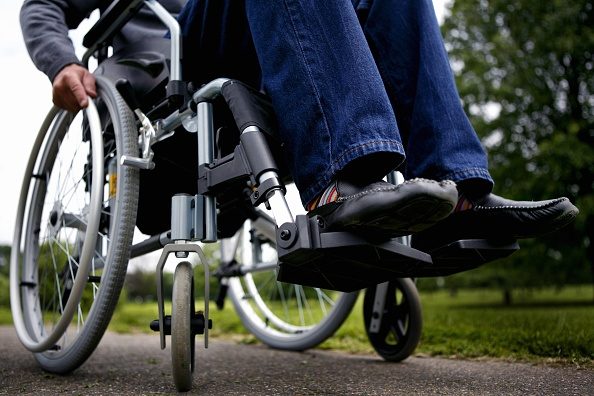
THE government’s plan to drive more individuals with disabilities into jobs may have detrimental effects on those people, charities have warned.
Plans to lower the number of people claiming sickness benefits may include providing additional assistance for those with disabilities and chronic health issues to work from home.
The government will spend £25.9 billion on disability payments this year, a 62 per cent real-terms increase over 2013–14 (£15.9 billion).
If nothing changes by 2027/28, current predictions indicate a further 13 per cent real-terms increase to £29.3 billion – with an additional 500,000 individuals going onto these benefits.
The Work Capability Assessment, a test designed to determine how much a disability or illness affects a person’s capacity to work, is under consideration by the government, according to Mel Stride, the secretary of state for work and pensions.
Following a £2 billion investment earlier this year, the plans are a part of a post-COVID initiative to encourage more individuals with long-term conditions to enter the workforce.
The government wants more of these claimants to work from home if they can.
James Taylor, executive director of strategy at disability equality charity Scope, urged ministers to ensure new employment support for disabled people is “flexible, and voluntary”.
He said: “We’re worried these proposals will end up forcing huge numbers of disabled people to look for work when they aren’t well enough, making them more ill.
“If they don’t meet strict conditions, they’ll have their benefits stopped. In the grips of a cost-of-living crisis this could be catastrophic.”
Sarah White, head of policy at national disability charity Sense, meanwhile warned the plans could “cause huge anxiety for disabled people up and down the country”.
Meanwhile, the NHS has released its most recent annual report on the benchmark for workplace disability equality.
The new report, which is the fourth since its launch in 2019, shows that one in 20 (4.8 per cent) of voting NHS board members are disabled – the highest proportion on record. Up from 3.8 per cent from last year’s report.
The 2022 data also demonstrates that the probability of a disabled applicant getting hired for an NHS position is on par with those of non-disabled candidates, an improvement from 1.18 in 2019 to 1.08 last year. In this case, one represents equity of opportunity.
According to NHS England, all trusts—aside from one — are actively offering disabled people a voice to be heard in 2019. As many as 34 trusts weren’t doing this in 2019.
Statistics demonstrate that three out of ten (30 per cent) disabled employees felt pressure from their management to go to work even when they weren’t well enough to do their jobs.